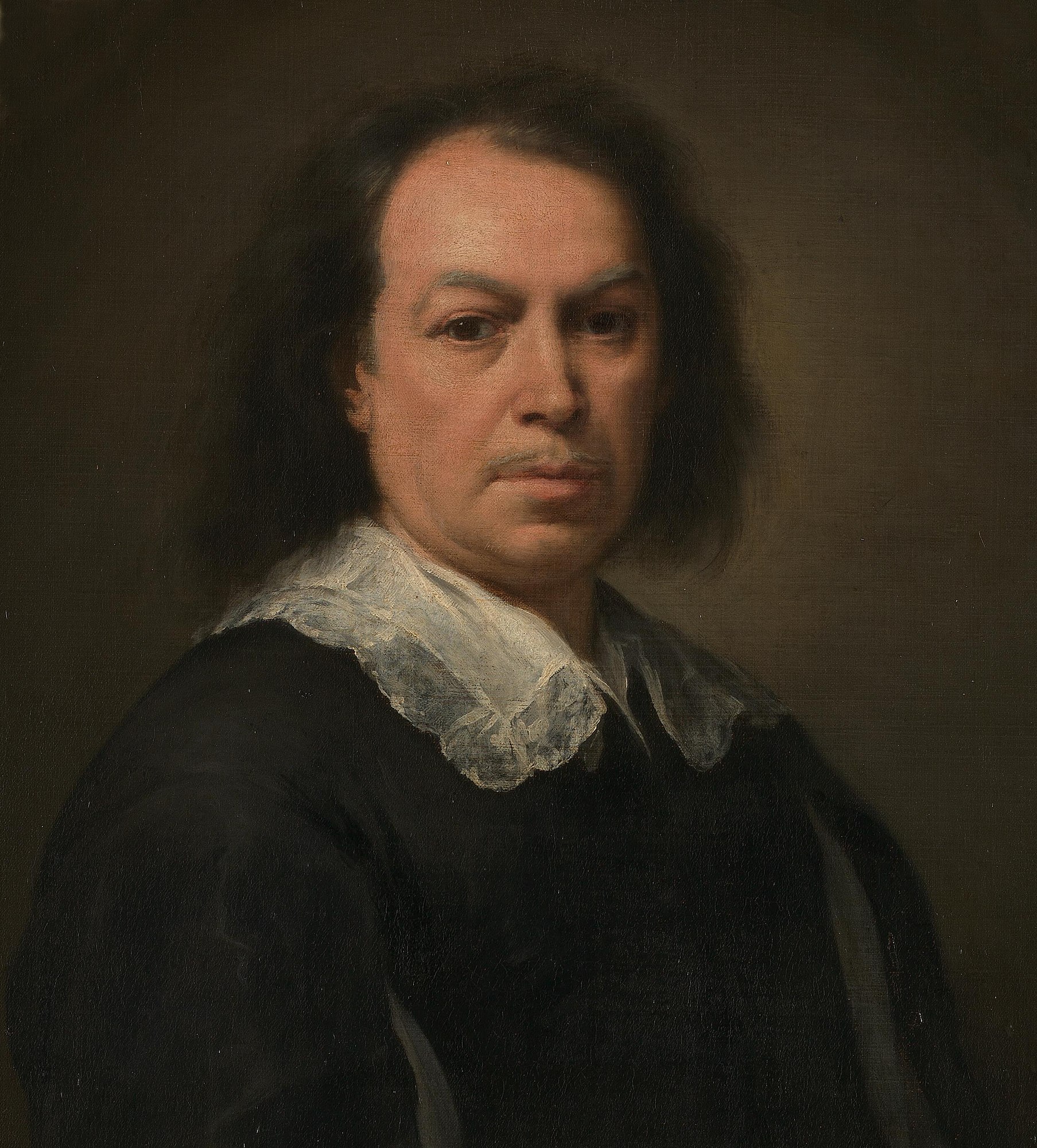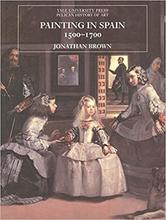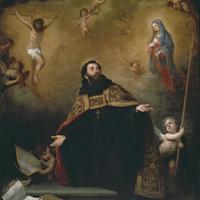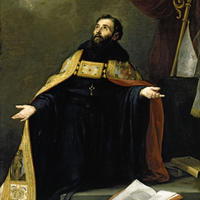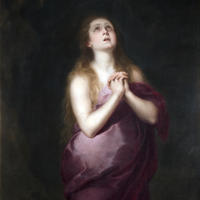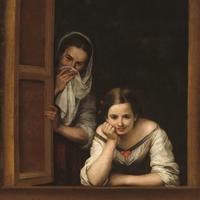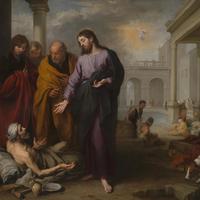More about Bartolomé Esteban Murillo
- All
- Info
- Shop

Sr. Contributor
Life was pretty cruel to Bartolomé Esteban Murillo, but at least he got a happy ending.
First off, he was orphaned at age ten, then his sister and her husband dumped him off with a local artist to learn him a trade to earn a living. Bartolomé wiled away his childhood learning to hustle out crappy paintings to sell at fairs and ship to expats and conquistadors across the Atlantic in Spain's American colonies. America meant a lot to Murillo, in that he had some family over there and was trying to save up enough to move that way and crash on their couch, starting anew. But, his plan was foiled when he married rich and everything in his life turned around for the better. Eleven kids and financial independence later, he was living the dream by painting for a regular slough of religious clients. From skid row to easy street. Gutter punk to caviar.
While the religious folk ate up his images of Christ and the Virgin, it was his People of New York-like series of Seville's street urchins that really showered him with fame . He'd use local peasants for models and show them at their happiest. Smiling, laughing, acting like life in the gutter was a cake walk. Like a mogul's wont to do, Murillo leveraged the fame to accomplish a lifelong dream: Opening the first real art school in Spain. Murillo was a revered painter in his lifetime. The first Spaniard of his era to receive international fame in the profession. He was such a commodity that the king forbade his paintings be exported. Paintings themselves were known simply as Murillos. His name literally was art.
The good vibes, as always, didn't last forever. Several of his children died young, along with his wife. Murillo himself fell off a scaffold in the middle of a commission and died after a few days of agony. As if that weren't enough, he's generally regarded as a purveyor of treacle. Viewed now as a 17th century Michael Bay. Which is fair enough. Some artists are great at digging deep into the human psyche, some know how to make things shiny and pretty. Paintings like Murillo may be a kind of escapism, but there's room for that in life.
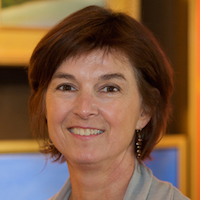
Contributor
Born December 31, 1617 - Died April 3, 1682, Murillo was a revered Spanish Baroque painter.
In fact, he was so revered that the king refused to allow the export of his paintings from the country.
Early in his career he painted realistic portraits of street urchins, beggars, and local peasants, recording life on the streets. It is thought his work from this period was influenced by the early work of Diego Velázquez.
Like all painters not employed by the court, he devoted himself to religious subjects. His favorite themes became the Immaculate Conception and the Virgin and Child.
Featured Content
Here is what Wikipedia says about Bartolomé Esteban Murillo
| Part of a series on the |
| Counter-Reformation |
|---|
 |
| Catholic Reformation and Revival |
Bartolomé Esteban Murillo (/mjʊəˈrɪloʊ, m(j)ʊˈriːoʊ/ mure-IL-oh, m(y)uu-REE-oh,
Spanish: [baɾtoloˈme esˈteβam muˈɾiʎo]; late December 1617, baptised 1 January 1618 – 3 April 1682) was a Spanish Baroque painter. Although he is best known for his religious works, Murillo also produced a considerable number of paintings of contemporary women and children. These lively realistic portraits of flower girls, street urchins, and beggars constitute an extensive record of the everyday life of his times. He also painted two self-portraits, one in the Frick Collection portraying him in his 30s, and one in London's National Gallery portraying him about 20 years later. In 2017–18, the two museums held an exhibition of them.
Check out the full Wikipedia article about Bartolomé Esteban Murillo

